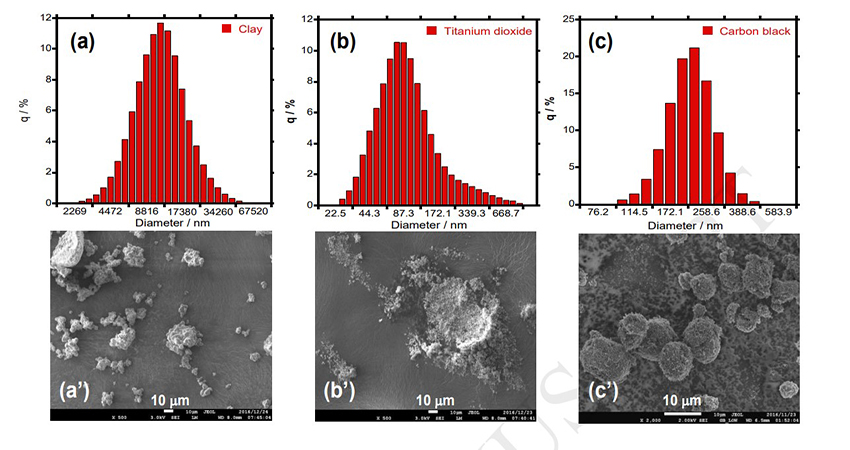© Copyright 2020 Foshan Membrane Technology Co., Ltd. All rights reserved. Sitemap
We have investigated the filtration properties of electrospun bio-based polylactide air filter membranes by studying the kinetics of filtration and the influence of fiber diameter, fiber size, and the nature of dust particles on the depth of filtration of airborne agglomerates. The penetration of three different test dust particles (clay, carbon black, and titanium dioxide) into filter membranes of varying fiber diameter was determined gravimetrically. The clay dust, with a large particle size (12.07 mu m) was best captured by all the membranes (with efficiencies > 99%), while the smallest (0.095 mu m) titanium dioxide particles resulted in the lowest capture efficiency of 92.97%, due to their high penetration ability and this can reach as high as 7% penetration. A kinetics study, involving stacking of membrane layers consisting of the fiber of the lowest diameter (6.5%PLA-J0.5, 450 +/- 200 nm diameter), showed a higher dust capture efficiency within the layers, and therefore a higher depth of filtration compared to other membranes. This is an indication of effective capture of deeper penetrating particles that are usually not captured by air filter membranes produced by electrospinning.
我们通过研究过滤动力学以及纤维直径,纤维尺寸和粉尘颗粒性质对气载团聚体过滤深度的影响,研究了电纺生物基聚乳酸空气滤膜的过滤性能。用重量分析法测定了三种不同的粉尘颗粒(粘土,炭黑和二氧化钛)在纤维直径不同的滤膜中的渗透率。大粒径(12.07μm)的粘土粉尘被所有膜(效率> 99%)最好地捕获,而最小的(0.095μm)二氧化钛颗粒导致最低的捕获效率为92.97%,由于它们具有很高的渗透能力,因此可以达到7%的渗透率。动力学研究涉及堆叠由直径最小的纤维(6.5%PLA-J0.5,直径450 +/- 200 nm)组成的膜层,各层膜的灰尘捕获效率更高,深度也更高,与其他膜相比过滤效率更高。这表明有效捕获了较深的穿透颗粒,而这些颗粒通常不会被静电纺丝材质的空气过滤膜捕获。

Published: 2018
Journal :Journal of Environmental Chemical Engineering
Impact Factor:There is no data at this time
Paper link: https://www.sciencedirect.com/science/article/abs/pii/S2213343717307091